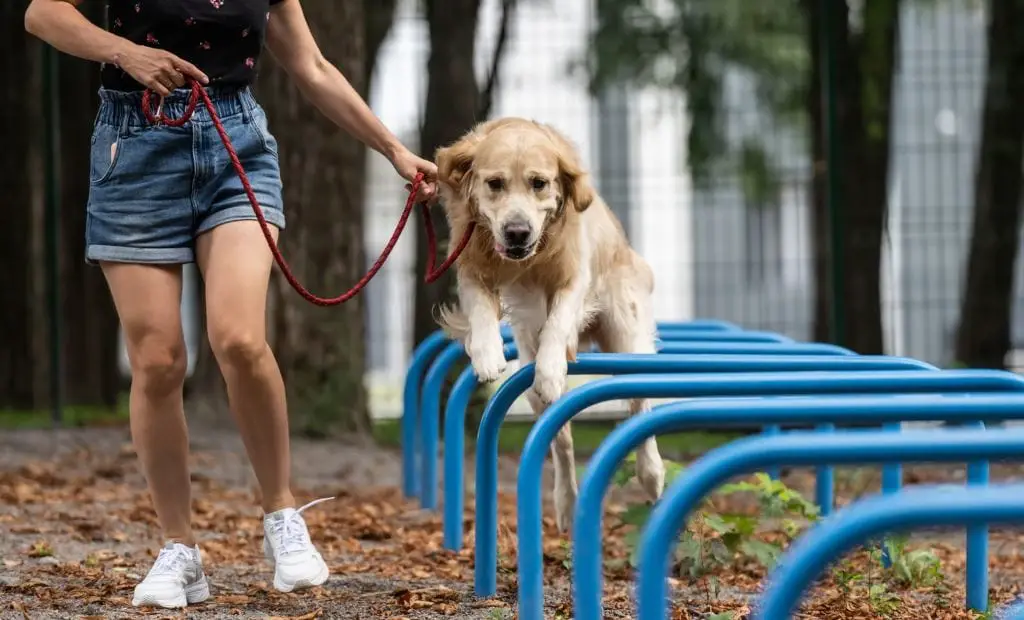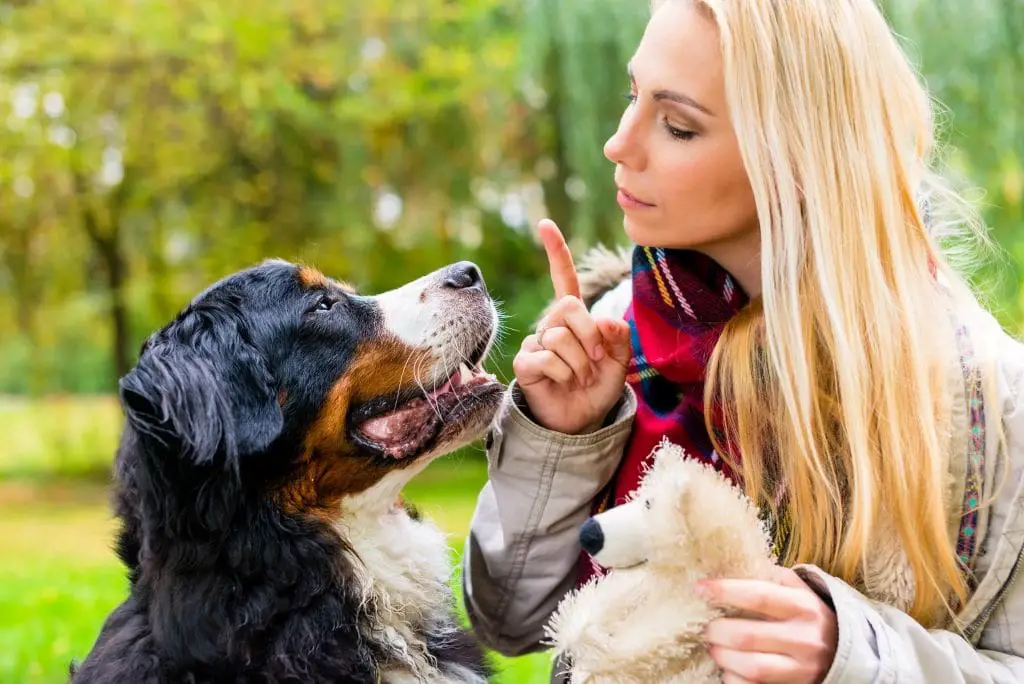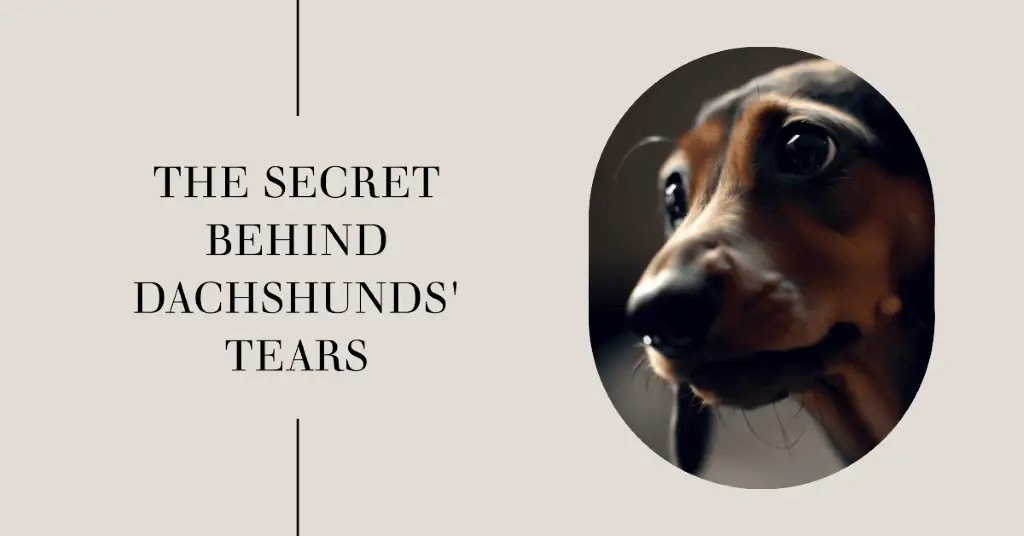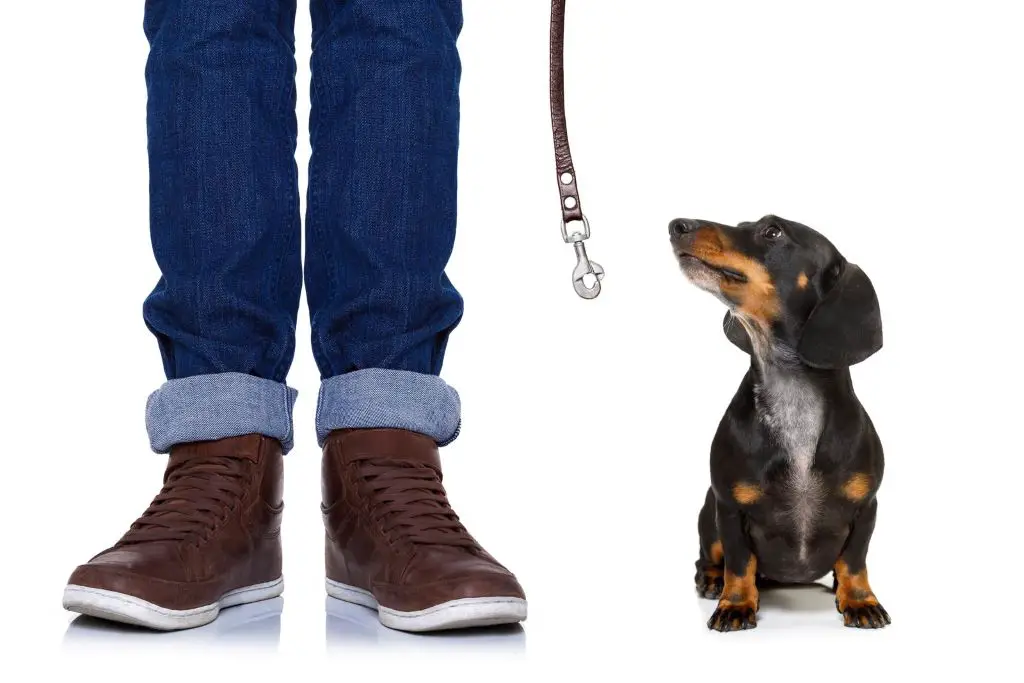Warning: Trying to access array offset on value of type bool in /home/u778996160/domains/dachshundtalk.com/public_html/wp-content/plugins/wp-word-count/public/class-wpwc-public.php on line 123
Warning: Trying to access array offset on value of type bool in /home/u778996160/domains/dachshundtalk.com/public_html/wp-content/plugins/wp-word-count/public/class-wpwc-public.php on line 123
Every dog owner on earth has likely faced the dilemma: is it ever okay to smack your dog on the nose?
As a loving and caring pet owner, it’s essential to understand that disciplining our canine companions requires a deep understanding of their psychology and emotional needs.
Smacking a dog’s nose might seem like a quick fix for disobedience, but it can result in more harm than good.
In this article, we’ll delve into the potential harm that physical punishment can cause, explore alternative methods of behavioral training, and discuss how to repair trust after mistreatment.
We’ll also highlight the importance of promoting positive reinforcement, a practice that can help nurture your relationship with your pet.
So buckle up and prepare to re-evaluate how you approach discipline with your four-legged friend. Your dog’s well-being and your relationship with them will thank you for the ride.
Key Takeaways
• Smacking a dog’s nose can cause harm and injury to their sensitive snout.
• Positive reinforcement is a recommended training method that rewards good behavior.
• Alternative behavioral training focuses on a reward system and positive reinforcement.
• Repairing trust after mistreatment requires showing remorse and spending quality time with the dog.
Potential Harm to Dogs
You might not realize it, but smacking your dogs nose can actually cause them more harm than you’d think. In the world of dog training, a smack on the nose is typically seen as a quick and effective way to correct unwanted behavior. However, the potential harm to dogs from this kind of punishment is significant.
When you smack a dog on the nose, you risk causing injury to their sensitive snout, which can lead to pain or even long-term damage. There’s also the psychological harm to consider. Dogs are creatures of love and loyalty, and a harsh punishment like a smack on the nose can actually cause them distress, confusion, and fear.
Rather than resorting to such tactics, it’s far more beneficial to use humane punishment methods that promote understanding and respect between you and your dog. This approach not only fosters a stronger bond but also helps your dog understand what’s expected of them in a kind and compassionate way.
So remember, though it may seem like a quick fix, smacking your dog on the nose is rarely, if ever, the best course of action.
Understanding Canine Discipline
Imagine trying to teach a lion to dance – that’s how complex and nuanced canine discipline can be, so it’s critical to approach it with respect and understanding. As dog owners, it’s essential to know that training your dog involves more than just simple commands; it’s about establishing a relationship based on trust, communication, and mutual respect.
Canine discipline isn’t about punishing your dog for misbehaving, but rather teaching them to understand what behavior is acceptable and what isn’t. It’s about guiding them to make the right decisions. That’s where the concept of corrective measures comes in. Corrective discipline should be firm, yet humane. It’s not about causing pain or fear, but about disrupting the behavior and redirecting it.
Understanding canine discipline goes beyond just knowing the right techniques. It’s about knowing your dog, recognizing their signals, and responding appropriately. It’s about being patient and consistent, being their guide, not their dictator. You’re not just training a pet; you’re nurturing a companion.
So, the next time your dog misbehaves, remember, a smack on the nose isn’t the solution. It’s about communication, patience, and a whole lot of love.
Effects of Physical Punishment
Think about the shattering effect a harsh physical reprimand might have on a little child – it’s a similar scenario with our canine friends. Smacking your dog on the nose, or any other form of physical punishment, can have serious and long-lasting effects on their behavior and mental health.
It’s important to understand that dogs don’t process punishment like humans do. Physical punishment can make them fear you, which is the opposite of the loving relationship you’re likely trying to build. It can also lead to aggressive behavior, as they may feel the need to defend themselves. This can be a dangerous situation for both you and your furry friend.
Instead of resorting to physical punishment, consider using positive reinforcement as a training method. This is a technique that dog behaviorists often recommend. It involves rewarding your dog for good behavior instead of punishing them for bad behavior. This way, your dog will associate good behavior with positive experiences, which will encourage them to behave well in the future.
Remember, it’s not just about training your dog to behave in a certain way. It’s about fostering a relationship based on mutual respect and understanding. Be patient, be understanding, and your dog will respond in kind.
Alternative Behavioral Training

Instead of resorting to harsh physical disciplines, let’s explore the world of alternative behavioral training, where a reward system and positive reinforcement are the keys to molding a well-behaved canine companion. This approach allows you to encourage your pet’s good behavior by rewarding them when they exhibit the desired behavior. It’s a more compassionate, empathetic method, focusing on understanding, care, and communication rather than enforcing discipline through fear or pain.
Training a dog using positive reinforcement involves giving them something they like or enjoy as a reward for demonstrating the desired behavior. This could be a treat, a toy, or even just some well-deserved praise. By doing this, you’re teaching them that good things happen when they behave well. This approach, in time, encourages them to repeat these good behaviors, making it a win-win for both you and your furry friend.
This method also helps deter unwanted behavior. Instead of punishing them, which can lead to fear or aggression, you simply ignore the behavior. By not giving it attention, you’re showing them that this behavior won’t get them what they want. Remember, you’re not only helping shape a well-behaved dog, but also building a bond based on trust and mutual respect.
Repairing Trust After Mistreatment
Rebuilding trust with a mistreated pet can be a challenging journey, but it’s definitely worth every effort. You may have accidentally hit your dog, causing them pain and fear, but it’s important to recognize that this could damage your relationship.
Dogs feel emotions, similar to humans, and they remember when someone hurts them. It’s not just about the physical pain; it’s about the broken trust and the emotional trauma that follows.
Saying sorry to your pet is a good start on the path of repairing trust after mistreatment. Dogs might not understand the words, but they can sense the remorse in your tone and body language.
Spend quality time with your pet, offering them plenty of affection and positive reinforcement. This helps to rebuild their trust, showing them that you’re not a threat but instead, a source of love and safety.
Remember, it’s not about rushing the process. Your pet may take some time to trust you again, and that’s okay. Give them the space they need, while consistently showing them love and kindness.
It may be a challenging journey, but the reward of a trusting, loving bond with your pet is more than worth it.
Promoting Positive Reinforcement
It’s crucial to understand that positive reinforcement is a powerful tool in shaping your pet’s behavior and boosting their confidence. By promoting positive reinforcement, you’re not only teaching your dog what’s right but also fostering a loving bond between you and your furry friend.
Instead of resorting to negative measures like smacking your dog on the nose, focus on recognizing and rewarding good behavior. This technique is an effective way to teach your dog how to behave appropriately.
For instance, if your dog has a habit of chewing on furniture, instead of punishing them, redirect their attention to an appropriate chew toy and reward them when they use it.
As a responsible pet owner, your goal should be to create a safe and loving environment for your dog. Positive reinforcement helps to achieve this goal by encouraging good behavior rather than punishing bad behavior. This approach not only helps you build trust with your pet but also contributes to their overall well-being.
Remember, promoting positive reinforcement isn’t just about teaching your dog what to do. It’s about showing kindness and understanding, fostering a strong bond, and ultimately serving as the best pet parent you can be.
- Age Range Description: All Stages
- Included Components: Pet Botanics Training Rewards Bacon
Frequently Asked Questions
How can I tell if my dog is afraid of me after I’ve smacked it?
Like a storm cloud looming, your dog may show fear through avoidance, submissive body language, or sudden changes in behavior. To serve your furry friend best, watch for these signs and respond with love and patience.
What are the legal repercussions of smacking a dog in my country?
Legal repercussions for smacking a dog vary by country. Some places consider it animal abuse, which can lead to fines or imprisonment. It’s essential you find out your local laws to avoid legal complications.
Are there any specific breeds that react more negatively to physical discipline?
Like night and day, reactions to physical discipline vary among dog breeds. While it’s not an exact science, smaller breeds tend to be more sensitive. However, it’s best to avoid physical discipline altogether.
How can I help a dog that has been previously mistreated by another owner?
Be patient, show them love and kindness, and provide a safe environment. Use positive reinforcement training, not punishment. Engage a professional animal behaviorist if necessary. Remember, healing will take time, but it’s worth it.
What are some signs that a dog has been physically abused in the past?
You might think it’s hard to detect past abuse in dogs, but some signs are surprisingly clear. Look for fearfulness, aggression, avoidance of certain people or objects, and unusual reactions to touch or sound.
Conclusion
So, you thought smacking your dog’s nose was a smart move? Well, guess what? It’s not. Not only does it hurt your furry friend, but it’s also completely ineffective.
Use positive reinforcement instead. It’s kinder, safer, and actually works. Heal the trust you’ve broken and teach your dog with love and patience.
After all, isn’t a happy, well-behaved pet what you wanted from the start?










